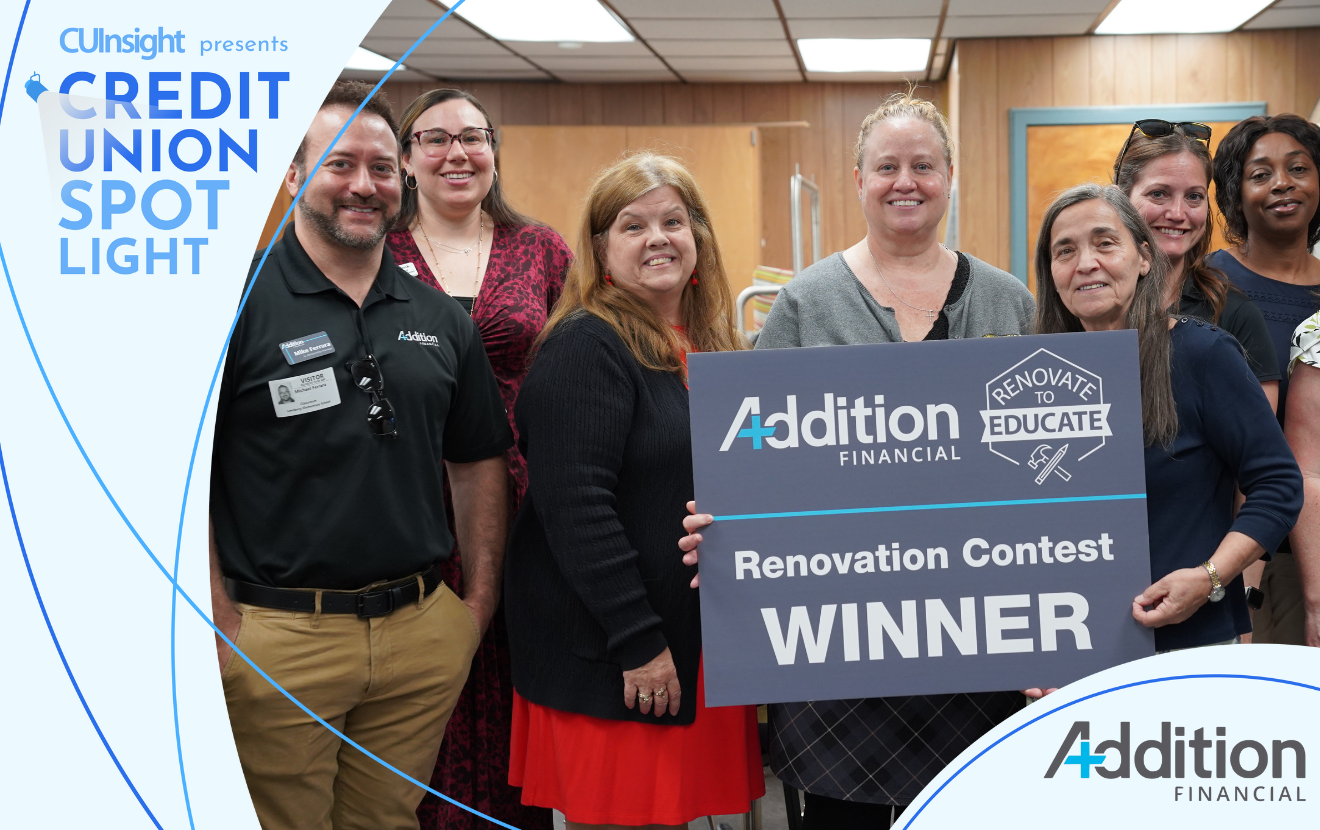Financial literacy is more than just a buzzword. It's a crucial skill set that determines how well people navigate the complexities of modern finances.
Many young people, especially those in Generation Z, feel unprepared for financial independence due to the lack of personal finance education in schools. This gap can lead to significant challenges, from accumulating excessive debt to making poor investment decisions.
As a credit union, you have a unique opportunity to address this pressing issue. By partnering with schools and community organizations, you can play a vital role in closing the financial literacy gap and empowering the next generation to make sound financial choices.
Understanding the financial literacy gap
Financial literacy in the U.S. is lower than it should be, especially among certain groups.
Low financial literacy affects more than just individuals. It impacts society as a whole. When people struggle to manage money, the consequences can be severe and widespread. Here are some potential effects:
- Increased financial insecurity: People may struggle to save money, budget appropriately, or avoid debt, leading to financial stress.
- Widening wealth gaps: Those with less financial knowledge often fall further behind, deepening the divide between rich and poor.
- Economic instability: When large groups of people make poor financial choices, it can lead to bigger issues, like economic downturns.
Benefits of partnerships
Forming partnerships between credit unions, schools, and community organizations isn't just about teaching people how to manage money. It's about building stronger communities and creating lasting relationships.
These collaborations offer significant advantages for everyone involved. Let’s take a closer look at the benefits.
Advantages for credit unions
Partnering with schools and community organizations can do wonders for your credit union. Here are some key benefits:
- Building brand loyalty: By investing in local education, your credit union becomes a trusted community partner, which can lead to stronger brand loyalty.
- Creating lasting relationships: These partnerships help you connect with students and families, potentially turning them into long-term members.
- Developing future customers and employees: Engaging with young people early on can create a pipeline of future customers and even potential employees who are already familiar with your credit union’s values.
Benefits for schools and communities
These partnerships don’t just benefit your credit union. They also bring significant advantages to schools and the wider community:
- Enhancing educational resources: Schools gain valuable financial education resources and support, helping them offer more comprehensive learning experiences to students.
- Improving financial outcomes: By receiving better financial education, students are more likely to make informed financial decisions as they grow up, leading to better financial stability in adulthood.
- Fostering economic growth: A financially literate community is more likely to thrive economically, benefiting everyone in the long run.
DOs and DON'Ts of building successful partnerships
The key to forming a successful partnership between your credit union and local schools is to approach it thoughtfully. Here’s a quick guide to what you should and shouldn’t do.
DO:
- Align goals and expectations: From the start, set clear, shared goals to ensure everyone is on the same page. Regular communication and feedback will help keep the partnership on track.
- Provide value to all parties: Design programs that are beneficial to your credit union, the schools, and the community. The content should be engaging, relevant, and easy for everyone to understand.
- Involve the community in planning: Engage local stakeholders—including parents, teachers, and community leaders—in the planning process, to ensure the program meets the community's specific needs and gains broader support.
DON'T:
- Over-promise and under-deliver: Don’t make commitments that you can’t keep. Set realistic goals and timelines to avoid damaging trust.
- Ignore community needs: Make sure you understand the specific needs of the community you’re working with. Avoid a one-size-fits-all approach. Instead, tailor your programs to fit the local context.
- Overlook sustainability: Don’t focus solely on short-term goals. Ensure your program is designed for long-term success and sustainability, with plans in place to keep it running effectively over time.
Basic steps to initiate a financial literacy partnership
You can set up a successful financial literacy partnership with a clear plan and the right tools. Here’s a simple to-do list to guide you.
- Identify potential partners: Start by researching local schools and community organizations with a strong interest in financial education. Look for those that align with your credit union’s values and goals. Once you’ve identified potential partners, reach out to them with a clear and compelling proposal.
- Develop a collaborative plan: Work with your partners to co-create a financial literacy program. Define each party’s roles, responsibilities, and the resources needed to make the program successful. Consider usingplatformsto simplifythe process by offering ready-made, gamified financial literacy lessons. Other options include developing custom materials tailored specifically to your community’s needs or utilizing in-person workshops and seminars led by financial experts. Start with a pilot program to test and refine your approach before scaling up.
- Measure and share success: Set up clear metrics to evaluate your program's success. Track progress, gather feedback, and make improvements as needed. Remember to share success stories with the broader community to build momentum and inspire future initiatives.
Begin your partnership journey
Closing the financial literacy gap isn’t just an opportunity. It’s a responsibility for credit unions committed to making a lasting impact.
By partnering with schools and community organizations, you can help bridge this gap, strengthen relationships, and support the long-term financial well-being of those you serve. The benefits are clear: stronger brand loyalty, empowered communities, and a pipeline of future customers and employees.
It’s time to take the next step. Begin by exploring partnerships and using tools like Zogo that simplify the development of financial literacy programs. Schedule a demo today to discover how our solutions can enhance your credit union’s efforts today. Together, we can build a stronger financial future for your community.








